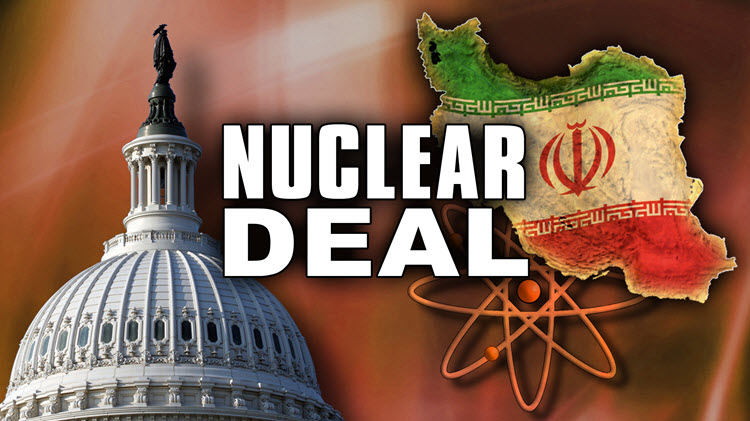
After a gap of five months, Iran, Russia, China and the European countries resumed negotiations in Vienna to revive the 2015 nuclear agreement, known as the Joint Comprehensive Plan of Action (JCPOA).
What is JCPOA
The Iran Nuclear Deal, formally known as Joint Comprehensive Plan of Action (JCPOA) is an agreement on the Iranian nuclear program reached in Vienna on 14 July 2015, between Iran and the P5+1 (the five permanent members of the United Nations Security Council—China, France, Russia, United Kingdom, United States—plus Germany).
The Iran Nuclear Deal has often been in the news from time to time, primarily focusing on the frosty relationship between Iran and the United States.
Although the Iran Nuclear Deal was stalled under US President Trump in 2018, the new President Joe Biden has expressed interest in reviving the JCPOA following an announcement in May 2021.
The Iran Nuclear Deal will be a point of discussion, which will be within the context of the Civil Service Exam.
Background of the Iran Nuclear Deal
In the 1970s, Iran received assistance in its nuclear program from the United States as part of the ‘Atoms for Peace’ program. The Shah of Iran even signed the Treaty on the Non-Proliferation of Nuclear Weapons (NPT) in 1968 as a non-nuclear weapons state and ratified the NPT in 1970. It all changed when the Iranian revolution threw the country’s nuclear programme into disarray as many talented scientists fled the country. The new regime was openly hostile to the United States and thus ended any hope for assistance from them.
In the late 1980s Iran reinstated its nuclear program, with assistance from Pakistan (which entered into a bilateral agreement with Iran in 1992), China (which did the same in 1990), and Russia (which did the same in 1992 and 1995), and from the A.Q. Khan network.Although Iran stated that its nuclear programme was for peaceful purposes, Western powers and their allies in the Middle East suspected that this was not the case.
Back and forth negotiations between Iran and the western nations took place throughout the 2000s with little progress. Iran even created plants for heavy water and Uranium enrichment which led to economic sanctions from the United States and the European Union.
It would not be until 15 July 2015 that the Joint Comprehensive Plan of Action would be created. So far it is the most clear headed and robust nuclear plan formulated so far.
Current status of this deal

Joe Biden, during the campaign, had promised to revive the nuclear deal. After his election, he appointed a special envoy for Iran. Indirect talks with Iran through Europeans started immediately. But no agreement was reached after six rounds in Vienna.
A change of Government in Iran made matters more complicated. Now, the Iranian delegation, appointed by the new Government of President Ebrahim Raisi, has come forward for talks, which has raised hopes for a breakthrough. But there still are several thorny issues. Iran has substantially stepped up its nuclear activities since 2019. It has installed more than 1,000 more advanced centrifuges at its plants, which can enrich uranium more quickly.
Iran has also started enriching uranium to 20% purity or more, which is a technical step away from the weapons grade level. In February, Iran scuttled the IAEA’s oversight of its nuclear sights, but agreed to keep recording devices in place that would allow the agency to continue to monitor the plants. In recent months, Iran removed the IAEA camera from a factory in Karaj, outside Tehran, that makes equipment for centrifuges. According to some reports, the advances Iran made in its nuclear programme has reduced the current breakout time to as little as a month, from a year when the deal was alive.The Biden administration has said that it was ready to take necessary steps to revive the JCPOA, including removing sanctions, but it wants Iran to return to the agreement first — which means Iran should stop enriching uranium, ship out the highly enriched fuel as well as the centrifuges and open the nuclear sites for international inspection.Iran also says it’s ready to return to the deal but it wants the U.S. to remove all the sanctions first and give assurances to Tehran that a future American leader would not renege on the promises as Mr. Trump did. As a result, the talks have reached a stalemate. In Vienna, the challenge is to find some common ground so that at least the process of reviving the deal can begin. Time is running out for all parties with Iran moving fast with its nuclear programme.
